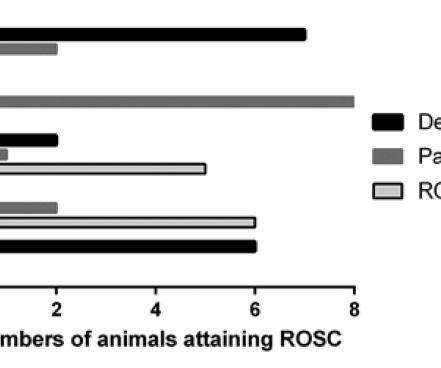POCUS findings of hemodynamically unstable PE with cardiac arrest
EMDocs
APRIL 22, 2024
Point-of-Care-Ultrasound (POCUS) is a bedside modality that can assist Emergency Physicians (EPs) in differentiating PE from other causes of cardiac arrest. Multiorgan POCUS The diagnostic power of POCUS often resides in combining multiple ultrasound exams. 1-3 As many as 25% of acute PE cases present as sudden cardiac death.






















Let's personalize your content